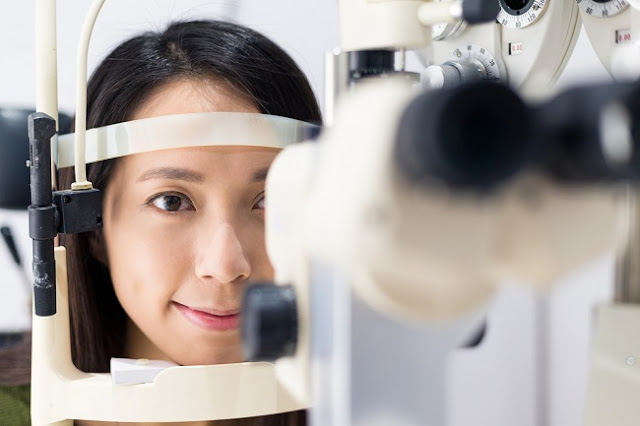The cornea of the eye is the outer layer of the eye that protects the pupils, iris and anterior chamber. The main function of the cornea of the eye is to prevent foreign objects from entering the eye, as well as refracting light when entering the eye.
Unlike other body parts, the cornea of the eye does not have blood vessels to channel nutrients. Corneas get nutrition from tears and aqueous humor (fluid that surrounds the cornea of the eye). In addition, the cornea of the eye is also composed of proteins and cells that are different from other tissues in our body.
Layers in the Cornea of the Eye
The cornea of the eye has five layers with different functions. The following is an explanation of the five layers in the cornea of the eye:
1. Epithelium
The epithelium is the outermost layer of the cornea of the eye. This layer has an important role for the cornea, namely as a protector, absorbent oxygen and transporting nutrients to be distributed to all layers of the cornea.
2. Bowman Layer
The Bowman layer lies behind the epithelial tissue. This layer is formed from strong and transparent collagen fibers. If this layer is injured, scar tissue can form which may interfere with vision, especially if it is located in the middle.
3. Stroma
The stroma is the thickest layer and is located in the middle of the eye cornea, behind the Bowman layer. This layer is composed of water and collagen, making it more dense, but elastic. The shape and composition of collagen proteins in the stroma is important to maintain the clarity of the cornea and its function in delivering light.
4. Descemet membrane
Descemet membrane is a thin layer behind the stroma. Although thin, descemet membrane is a strong layer and is able to protect the cornea from injury and infection.
5. Endothelium
Endothelium is the last layer of the corneal structure of the eye. This layer serves to maintain corneal clarity by removing excess fluid in the stroma. If the endothelium function is disrupted, the stroma will be excess fluid so that vision becomes blurred.
There are several conditions that can interfere with corneal health, including the use of contact lenses that are too long, exposure to allergens and air temperature that is too dry.
In addition to these conditions, there are also several diseases that can cause damage to the cornea, such as eye herpes, shingles, keratoconus, pterygium and Stevens-Johnson syndrome.
Maintaining Eye Cornea Health
In order to maintain the health of the cornea of the eye, you can do the following:
1. Adequate nutrition intake
Vitamins A, C, E, carotenoids, zinc, and omega-3 fatty acids, including essential nutrients needed by the eye. Therefore, make sure the intake of various nutrients is sufficient, so that the cornea and your eyes stay healthy.
You can meet all these nutrients by eating carrots, oranges, green vegetables, beans, eggs, salmon, tuna, and sardines.
2. Using sunglasses
Exposure to excessive ultraviolet light can also interfere with eye health. Therefore, when you are outdoors activities during the day, you should use sunglasses that can ward off exposure to UVA and UVB rays to your eyes.
3. Avoiding cigarettes
Smoking can also increase the risk of developing eye diseases, from cataracts, macular degeneration, to optic nerve damage. Therefore, stop smoking and avoid exposure to cigarette smoke so that the health of your cornea and eyes is maintained.
4. Conduct regular eye examinations
Routine examination to the eye doctor needs to be done at least once every two years. This is so that your eye health is maintained. By regularly checking the eyes, diseases of the cornea of the eye or other parts of the eye can be detected early.
The role of the cornea of the eye to protect all parts of the eye cannot be underestimated. Therefore, you need to maintain the health of the cornea, so that the eye's function as a sense of vision is not interrupted. Immediately consult your eye doctor if you experience conditions that can affect the cornea of the eye.

Komentar
Posting Komentar